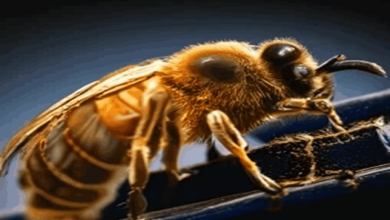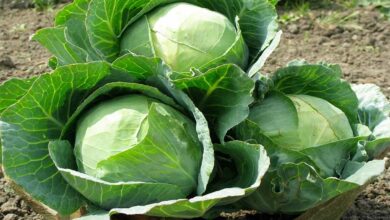Success Story: An internationally recognized success story in natural farming and zero-energy irrigation, this man transformed barren land into a thriving farm
Success Story: In Indian agriculture, Sanjay Anant Patil, sometimes referred to as Sanjay Kaka, is a living example of creativity and sustainability. He was born on August 31, 1964, and he has grown to represent tenacity and creativity. The tale of Sanjay Kaka is one of metamorphosis—he transformed a desolate ten-acre tract into a verdant, lush sanctuary known as a Kulagar. Plantation and animal husbandry are combined in this integrated agricultural method. His adventure started with a dedication to ecological farming and a micro-irrigation technology that uses no electricity. In addition to revitalizing his property, his unrelenting devotion and inventive spirit inspired other farmers across the country to follow in his footsteps.

An Adventure Based on Natural Farming
Since 1991, Patil has been a committed natural farming practitioner, using Jeevamrut, a microbiological liquid derived from the pee and dung of a single native cow. This method confirms his theory that ten acres of soil may be adequately fertilized by one cow without the need of chemicals. With the help of his inventiveness, Patil was able to develop an automated Jeevamrut manufacturing factory, which greatly increased output to 5000 liters per month. By increasing agricultural productivity by 25–30% and lowering production expenses by 60–70%, this invention helped him save around Rs. 3 lakhs a year.
Patil’s Ingenious Solution to Water Scarcity
Patil had significant challenges due to water constraint, particularly during the rainy season. He built many percolation ditches and a 125-foot tunnel (surang) on the hill behind his property by himself, exhibiting incredible engineering skill and perseverance. Through his zero-energy micro-irrigation and rainwater gathering system, his efforts guaranteed a consistent supply of 15 lakh liters of water for year-round irrigation.
Patil barely completed the eleventh grade of formal education, yet his knowledge of natural farming and water conservation surpasses those of engineers with official training. He has led the way in embracing and using innovations from the nearby Krishi Vigyan Kendras and the Central Coastal Agricultural Research Institute, Goa, which is part of the Indian Council of Agricultural Research. His farm, a sustainable model, welcomes 300–500 tourists a year and functions as an inspiration and teaching resource for other farmers.
Shows the Power of Natural Farming
Patil’s kulaghar, which is headquartered in Savoi Verem, is evidence of the effectiveness of natural farming. He started out using chemical fertilizers, but he quickly saw how expensive they were and switched to natural farming. He contends that although natural farming produces self-sufficient farms, chemical and organic farming benefit companies more than farmers. Patil estimates that the switch from chemical to natural farming requires five years, including an interim phase of organic farming. Within a year or two, farmers that completely adopt natural farming may see a 50% improvement in profitability.
Respect and Consequence
The contributions Patil made to agriculture are well known. In 2014, the Goa government awarded him the Krishiratna Award, and in 2023, the IARI-Innovative Farmer Award. The Padma Shri, India’s highest honor, was bestowed to him in 2024 by President Droupadi Murmu in recognition of his remarkable contributions to agriculture.
Patil stresses the need to introduce the next generation to conventional agricultural methods. He promotes educational changes that include non-destructive agricultural methods in an effort to dispel the notion that farming is a demeaning profession. His usage of Jeevamrut, which improves crop health and enriches the soil, is indicative of his dedication to sustainable farming.
The remarkable transformation of Sanjay Anant Patil from a struggling farmer to a well-known green revolutionary is evidence of the transforming potential of natural farming. His tale offers hope and a model for environmentally friendly farming methods, proving that amazing success can be attained with ingenuity, tenacity, and reverence for the natural world.





